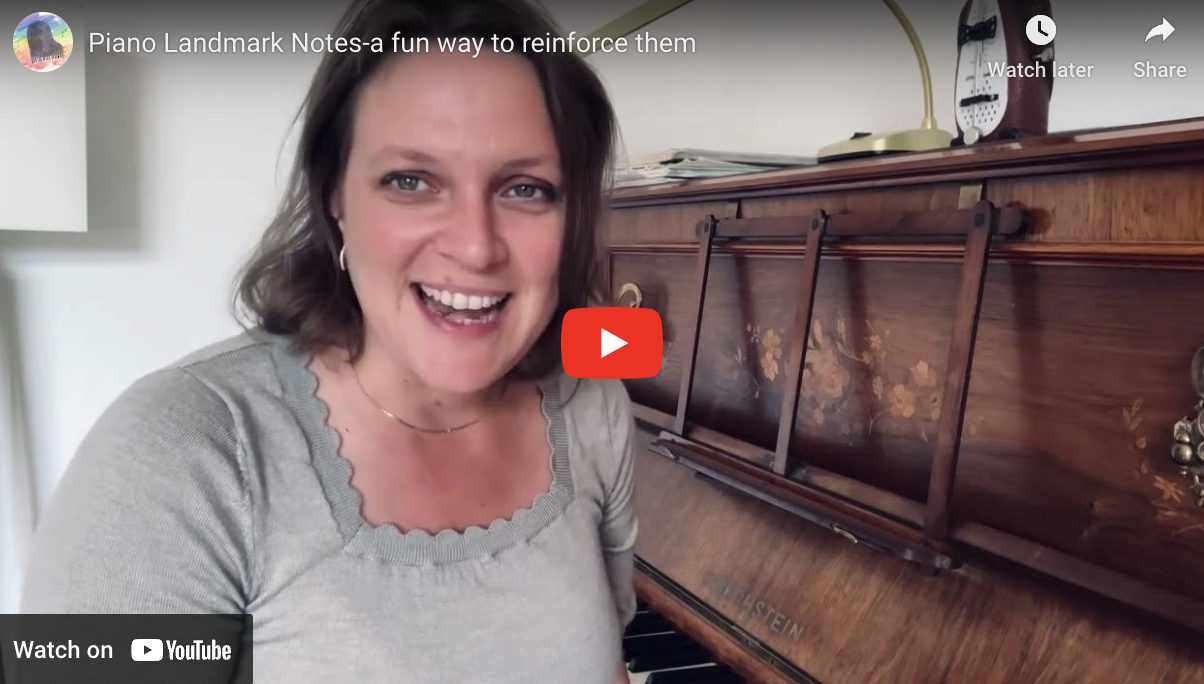Teaching Posts on Instagram
Teaching Blog
The PianoForte Christmas Collection!🎄
This little Christmas Piano Collection is so wonderful for students.
Not only do students understand the music and have fun playing it, the pieces elevate their learning and skill - it isn’t confusing!🎄
A Fun Game Using Landmark Note ‘A’
This activity is called “Landmark Note A Balloons”. We’ve been absolutely loving in my studio . It’s simple and really effective! Also, I personally LOVE an activity that fits nicely on the piano lid,. This activity helps students learn how to read the stave using the ‘A’s as landmark notes. It’s so fun!
A New Way to Teach—Without Starting Over
You don’t have to change everything to bring more music into your students’ lives. The PianoForte Method fits easily into your current teaching—no overhaul required. Try TWO free lessons and see how a small shift can spark deeper musicianship and joyful progress.
New Teaching Resources for April
The New Teaching resources in the PianoForte Printable Membership - Something for every level!
Piano Lesson in Progress: Singing and Playing in Canon
Singing and playing in canon is such a powerful tool for developing aural skills. This is a wonderful English folk song called Rose Red . . .
“Playing-by-Ear” is not the same as “Developing the Ear”
When we teach and use a method that is strongly aural based, like the PianoForte method, it can give the impression that we are teaching our students to do just this, Play-by-Recall.
Piano Lesson in Progress - (Kodaly Reading). ‘Daydream’ from ‘Beyond Level 3’
Piano Lesson in Progress - (Kodaly Reading). ‘Daydream’ from ‘Beyond Level 3’
Piano Lesson in Progress - (Kodaly Reading). ‘Magenta’ from the ‘Colour Suites’
This video a wonderful way to observe the Kodaly method applied specifically to a piano lesson with a student who isn’t a beginner.
The First Piano Lesson
In this video we see what the first lesson is like in the PianoForte method. The first lesson introduces these concepts: • Hands and finger numbers • Layout of the keyboard (black and white keys) • Singing voice • High and Low Sounds • Solfa syllables 'So & Mi" • The first song 'Flying Birds' • Playing in different positions (transposing)
A Folk Music Approach in the Piano Lesson
We can recreate a Folk Music environment in piano lessons in a way that resonates with the human desire to connect and learn together. We simply need to take the approach of making music together.
NEW Teaching Resources for February!
New Teaching Resources for February!
Including a New ‘Story Song’, Keyboard Geography games, Rhythm Games, Harmony Improv piece and a colourful set of Solfa Ladders!
Piano Teaching - ‘Legato’ and ‘Non-Legato’
It’s all about listening…
Non-legato technique is all about learning to to understand quality of sound. It such a wonderful way to introduce piano playing because it teaches students to really listen to their tone production. A non-legato technique also develops healthy hand and arm alignment and beautifully prepares students for legato technique.
Teaching Major Scales (using Moveable Solfa of Course!)
I teach scales using Moveable Solfa, where Tonic is ‘Do’. This is easy for students who have been learning with the PianoForte method because they know what a ‘Do’ scale sounds like.
Aural Training in the First Piano Lessons
There are tips on how and why to introduce the solfa syllables 'So & Mi', and how these tones support early aural development, and are also wonderful for introducing healthy piano technique.
Troubles with Middle C - Teaching Students to Read Music
Here we talk about how teaching piano students to read music from a Middle C position can be problematic and solutions on how this can be more easily understood. This includes landmark notes with an understanding of the purpose of clefs.
“Brightness” - a piano solo for the late beginner
This is the first piece I teach after a student has finished PianoForte Level 3. It sounds fun and has several new elements that students don’t find overly challenging. The whole piece can be learned in just a few lessons.
Multi-Layered Note Reading & the Hand Stave
This is a wonderful method for teaching students to really understand music notational reading. It is a 'multi-layered' approach that includes solfa, letter names, the Hand Stave, AND Curwen hand signs. This method us rooted in Kodaly methods and at its heart is musicianship and aural skills.
A Fun Way to Reinforce Landmark Notes on the Piano
In PianoForte Level Two students are introduced to the landmark notes Treble G and Bass F. Sometimes children forget where these two key are on the piano. This is a helpful (and fun!) way to help them remember.
























